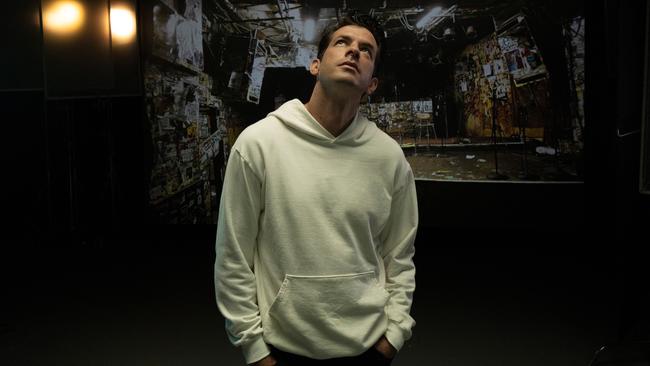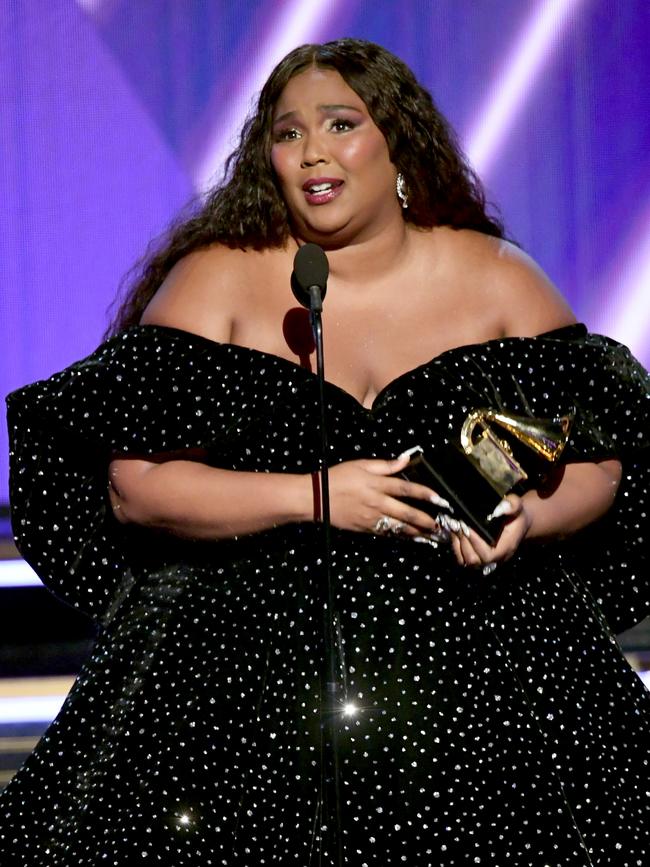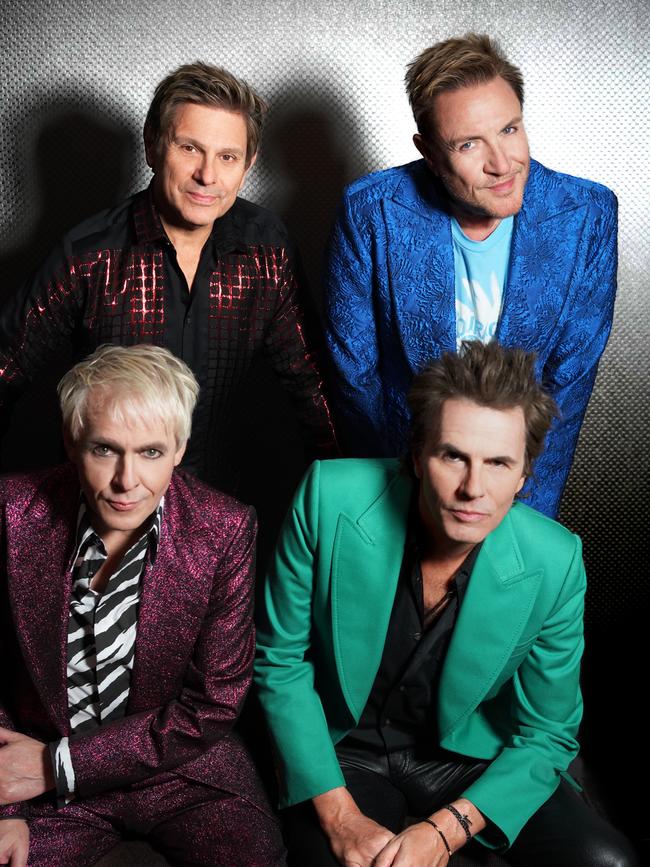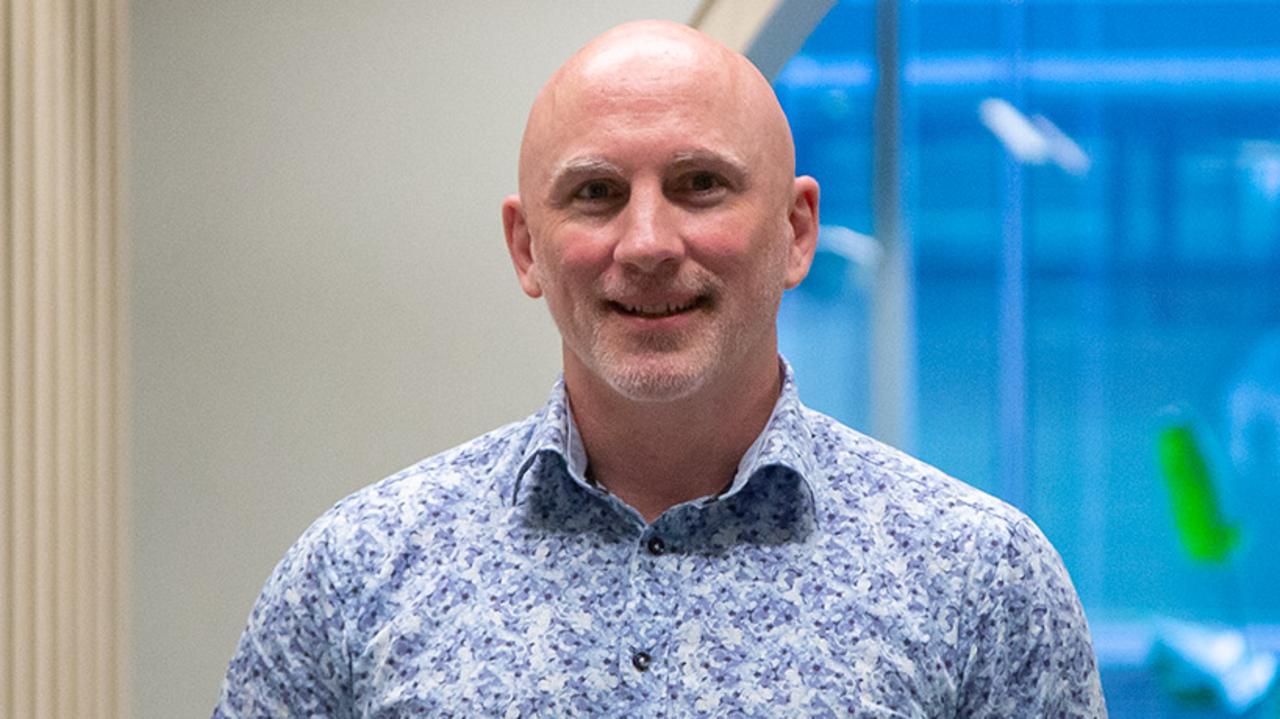Why Mark Ronson decided to Auto-Tune John Lennon’s vocals
For his new TV docuseries, producer and musician Mark Ronson uses Auto-Tune on an old John Lennon song — with some help from Sean Lennon.

SmartDaily
Don't miss out on the headlines from SmartDaily. Followed categories will be added to My News.
Sean Lennon is at a synthesiser, tweaking his late father’s vocals through Auto-Tune, at the suggestion of bandmate Paul McCartney.
“I never thought I would get to play with Ringo on drums,” Sean Lennon says.
“And I never thought I’d be doing some jazzy Auto-Tune.”
It’s not a fever-dream. It’s episode one of Mark Ronson’s new documentary series Watch the Sound.
The six-part program sees Ronson, who went from DJ to musician and producer behind Amy Winehouse, Lady Gaga and his own hit with Bruno Mars – Uptown Funk - examine specific musical innovations and techniques from sampling to synthesiser, drum machines to Auto-Tune, reverb to distortion.
Ronson ropes in musicians (everyone from Dave Grohl to Gary Numan, Charli XCX to the Beastie Boys) and experts for each episode (including Roger Linn – who invented the Linn drum machine).
They all end with a new song being created using the theme tools – an EP is released this Friday when the program drops on Apple TV+.

Paul McCartney – Ronson went from DJing at his wedding to working on his album New – guests several times, including on the Auto-Tune episode.
The Beatle reveals he is no stranger to using Auto-Tune in the studio to tweak his own vocals he’s not happy with, and that if John Lennon was around today he’d dabble with the technology that can correct vocals slightly, or in the case of Cher’s Believe or rapper T-Pain, to an extreme, deliberately robotic level.
“Paul said John would use autotune because he loved to play around with his voice,” Ronson tells Binge.
“Then Sean Lennon explained it further saying ‘My dad hated the way his voice sounded so he was always coming up with tricks to change it. So we decided to play with the old John vocal, Sean thought it was feasible his dad might have played around with it. What Paul McCartney said inspired us to go down that experimental path.”
Ronson, one of the most connected men in modern music, is best friends with Sean Lennon.
Watch the Sound’s director Morgan Neville (20 Feet from Stardom, Roadrunner - the new Anthony Bourdain doco) insisted Ronson use that connection to get Sean on camera, updating his dad’s song Hold On.
“It was beautiful to be in the room, to watch Sean essentially jamming with his dad.”
McCartney also details how he made the drum loops on the Beatles’ 1966 groundbreaker Tomorrow Never Knows, and using the prototype Moog synthesiser on Maxwell’s Silver Hammer.
“You think you’ve heard every single possible anecdote from Paul McCartney, because the Beatles stuff is so fetishised and studied,” Ronson says.
“But what they were doing with technology was so on the forefront, they were constantly pushing it. Tomorrow Never Knows – that’s the beginning of sampling drums and making loops. And it sounds like the Chemical Brothers.”
The episode exploring the history of sampling reveals that Ronson owns “minus 25-per-cent” of his first hit, 2003’s Ooh Wee.
The track samples the strings from Boney M’s Sunny and the drum break from Dennis Coffey’s Scorpio.
A naive Ronson didn’t realise how music publishing worked.
“I thought when you sample two things, that’s just hip hop. On Paul’s Boutique the Beastie Boys would sample 12 things on one song.
“But I sampled one of the most famous jazz tunes of all time. One person wanted 100-per-cent of the royalties, then the drum break cost 25-per-cent, so yeah, I found out I owned minus 25-per-cent of that song.
“I had to go back to Ghostface Killah and Nate Dogg, who featured on the song, and say ‘Guys, I’m sorry, no one’s getting paid from this song’ so they said ‘Well you better pay us from another song’. So then you start taking pieces from other songs on the record to make it all work. It’s a crazy nightmare but it’s worth it
“Kanye West was so known for sampling, he would always say there’s no song that’s not worth it. If you can make your song that much better with an iconic sample, that is worth it. I might never have made any money from Ooo Wee but that song put me on the map a bit, its why I met Lily Allen and Amy Winehouse. All of those things end up being worth it.”
Ronson’s musical taste is refreshingly broad – he’s just at home discussing sampling with Questlove from the Roots and early hip hop with DJ Premier as rock riffs with Josh Homme of Queens of the Stone Age (his favourite band) and the early synthesiser work of his beloved Duran Duran.


In Watch the Sound Ronson goes into the studio with Duran’s Nick Rhodes, who shows him how he created the “iconic” synthesiser riff behind their 1982 classic Save a Prayer.
“To see how Nick Rhodes created it, playing with that modulation wheel, it was like seeing the inside of a clock or a magic trick.”
Ronson has launched a podcast, The Fader Uncovered, interviewing everyone from Talking Heads’ David Byrne to Kevin Parker of Tame Impala, as well as asking the questions on Watch the Sound.
“When I started off in music I wasn’t some guitar or piano prodigy, I just knew that I loved music and I wanted to be around it in whichever way I could,” Ronson says.
“When I was a kid I played in high school bands, I interned at Rolling Stone, I wrote for my school paper because it was the only way my mum would let me go to live shows. I was always trying to figure out how I slot into music.
“If you had to ask me to choose if I could either make my own music for the rest of my life or get to enjoy music, I don’t know which one I’d pick, it’d be a hard decision. Doing this definitely stokes the creative part of my brain.”
“Talking to someone like David Byrne, I’m not going in there thinking I’m on the same level as David Byrne and we’re going to talk about the process. He’s David Byrne, he’s up here! The fact I also make music means I can relate on certain things that’s great, but really I’m there to find out how he made all these incredible Talking Heads records and American Utopia. It’s a little nerve wracking at time, coming in there with my questions and forgetting to ask something. But I have really enjoyed it.”
He’s still working on new music – he’s written something for Duran Duran’s new album Future Past that’s yet to be finished and is working on the follow up to 2019’s acclaimed Late Night Feelings.

He’s also producing for the new Lizzo album (“I had no idea she was so great musically”) and his discovery King Princess.
Watch the Sound also shows rare footage of him recording Back to Black with Amy Winehouse in his New York studio, the late singer capturing her vocals in a makeshift booth covered by mattresses.
The singer, who passed away 10 years ago last week, still makes Ronson beam thinking about their efficient studio work together.
“I met her, she came to my studio at 5pm on a Tuesday. By the next day we’d written Back to Black. She was walking down the street on day three and said the anecdote that turned into Rehab.
“We had maybe seven days in the studio, I wish it was longer, I wish it was three months, I had so much fun in the studio with her so there’d be more memories.
“We did spend a lot of time together after the record was done, but it was a very short time we spent making that record.”
Watch the Sound With Mark Ronson streams on Apple TV+ from Friday, with the soundtrack EP out the same day on Apple Music




